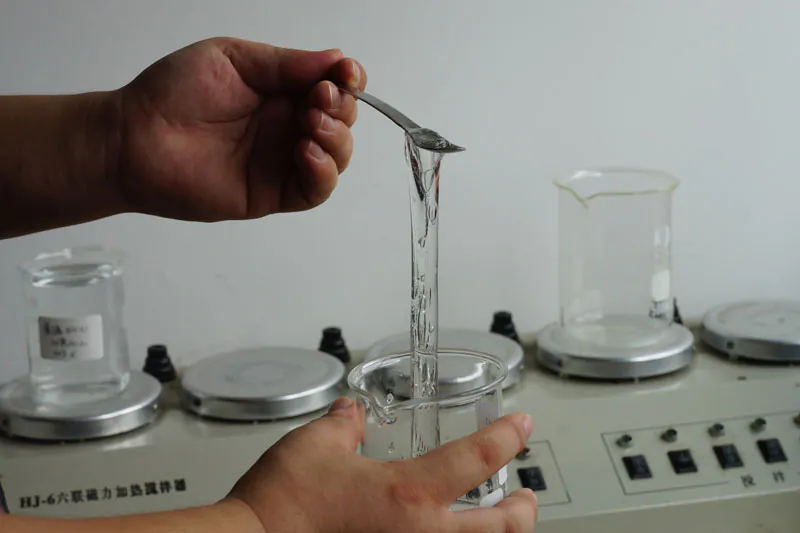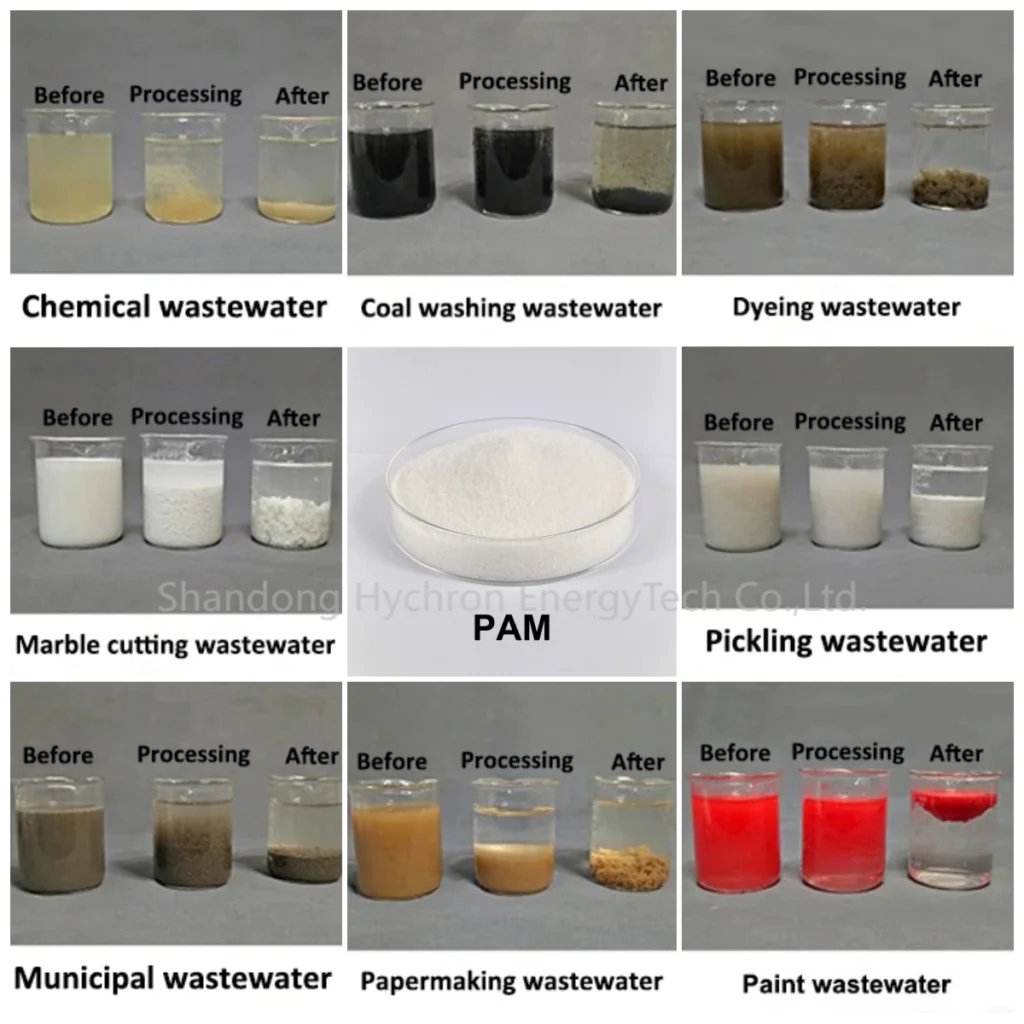The decrease in winter temperature will indeed have a significant impact on the use of polyacrylamide (PAM). As a high molecular weight polymer, the solubility, viscosity, flocculation effect and other properties of PAM are all restricted by temperature changes. In order to ensure that PAM can still achieve the best results in low temperature environments, the following details the precautions for using PAM in winter from multiple aspects and provides corresponding solutions.
Slow down the dissolution rate
In winter, the water temperature is lower, and the dissolution rate of PAM slows down significantly. If the dissolution is insufficient, PAM cannot fully exert its polymer chain adsorption and bridging effects, resulting in a decrease in flocculation effect.
We can
- Extend the dissolution time appropriately to ensure that PAM is fully dissolved. For example, in winter when the temperature is relatively low, anions need more than 40 minutes, cations may need more than 60 minutes, and non-ions may need longer dissolution time, possibly 90 to 120 minutes.
- Use warm water (30-40 ℃) to prepare the solution, which can significantly accelerate the dissolution rate, but it should be noted that the water temperature should not be too high, otherwise it may cause the PAM molecular chain to break and reduce its performance.
- It is recommended to use the segmented dosing method, add a small amount of water and stir first, and then replenish the water after the PAM is preliminarily dissolved.
- When adding medicine, it should be added evenly to prevent incomplete dissolution.

Solution viscosity decrease
Under low temperature conditions, the viscosity of PAM solution will decrease, leading to a decrease in its flocculation ability. This is because the mobility of polymer chains decreases at low temperatures, making it difficult to effectively adsorb and bridge suspended particles.
Therefore, it is necessary to
- Increase the dosage of PAM appropriately to compensate for the decrease in viscosity.
- Choose PAM products with better low-temperature performance, such as low-temperature resistant or high-viscosity PAM.
- When preparing the solution, the solution concentration can be appropriately increased to enhance its viscosity.
Equipment adaptability
In low-temperature environments, equipment for preparing PAM solutions (such as agitators, dosing pumps, etc.) may operate inefficiently due to insufficient lubrication or icing, affecting the mixing and dosing effect of PAM.
Here are the corresponding solutions:
- Regularly check the operating status of the equipment to ensure that it is in good working conditions.
- Keep the equipment warm to prevent icing.
- Add antifreeze or use low-temperature lubricating oil to the equipment to ensure its normal operation.

Water quality changes
In winter, the water temperature decreases, and the settling rate of suspended particles in the water body slows down. At the same time, the water quality may change due to seasonal changes (such as reduced algae and changes in organic matter concentration), affecting the flocculation effect of PAM.
The solution is as follows:
- Adjust the type and dosage of PAM according to the change of water quality. For example, PAM with higher molecular weight can be selected at low temperature to enhance the flocculation effect.
- Conduct small-scale experiments to determine the optimal dosage and ratio.
- Combine with other water treatment agents (such as coagulants) to improve the overall treatment effect.
Summary
When using polyacrylamide in winter, special attention should be paid to issues such as solubility, viscosity, equipment operation, and water quality changes. By taking appropriate measures such as extending the dissolution time, adjusting the dosage, and strengthening equipment maintenance, the effectiveness of PAM in low-temperature environments can be effectively improved, ensuring the stable operation of the water treatment system. At the same time, the safety and health of operators cannot be ignored, and protection and training work should be done well.

